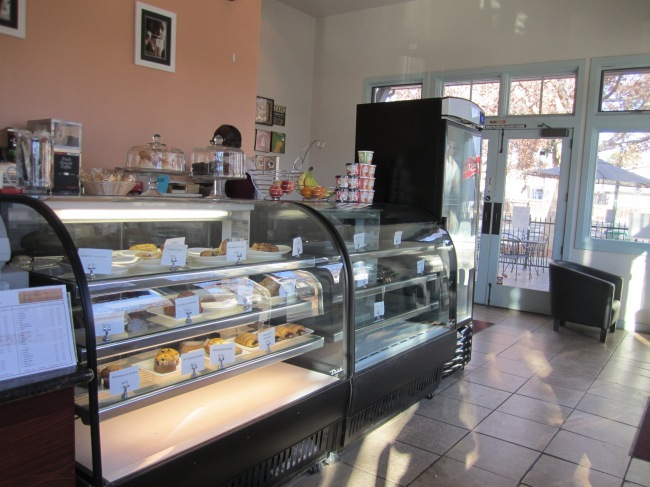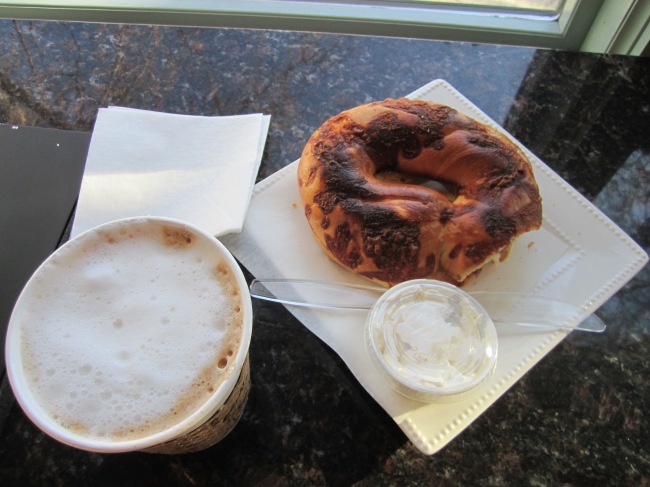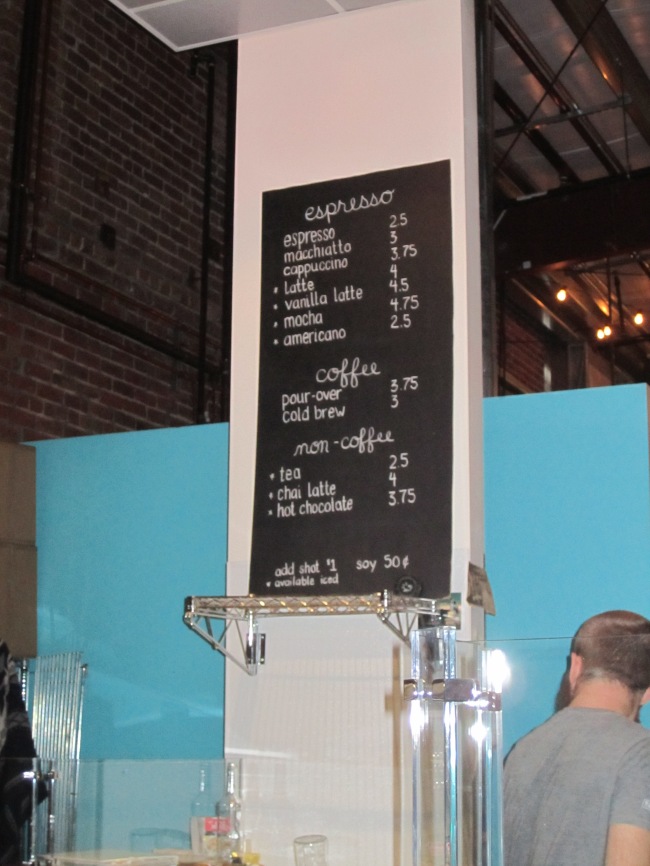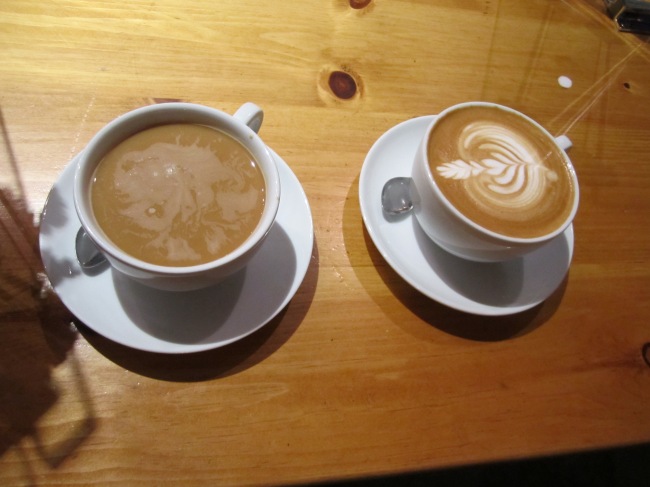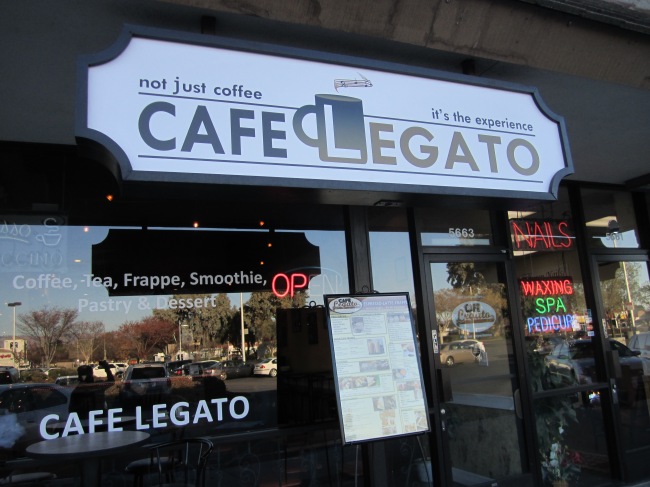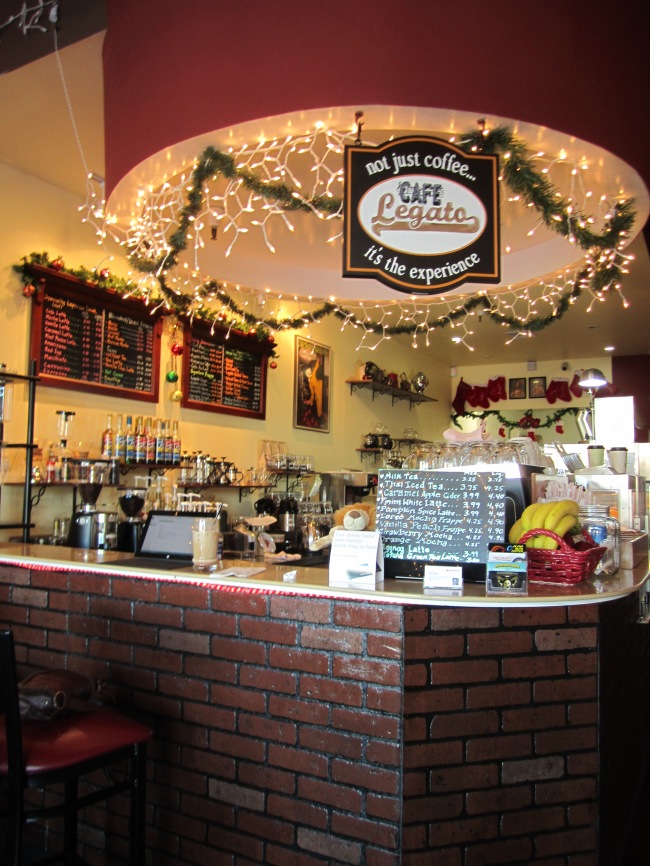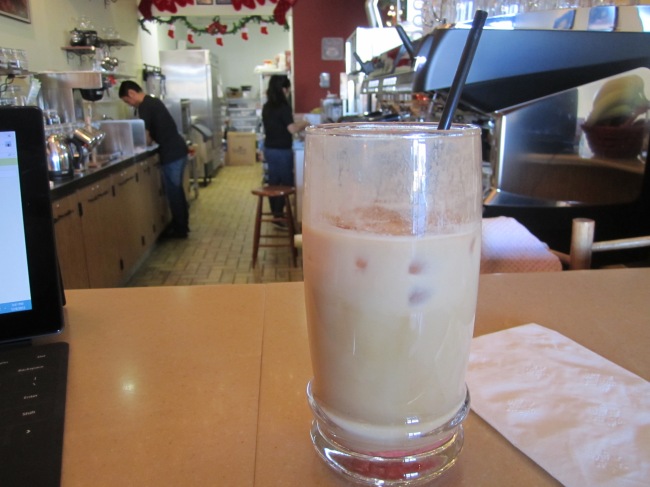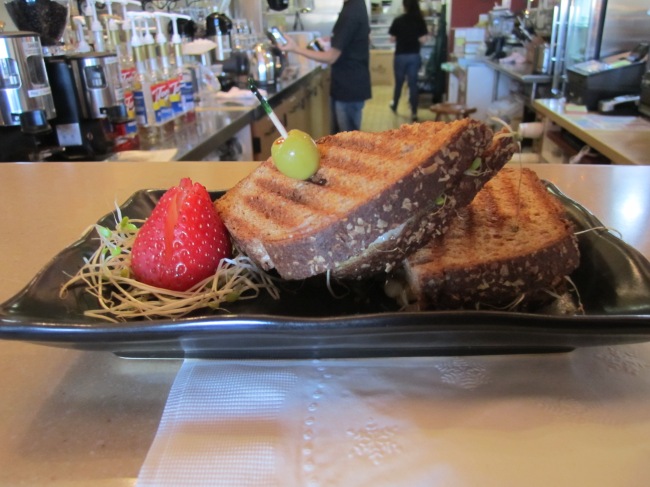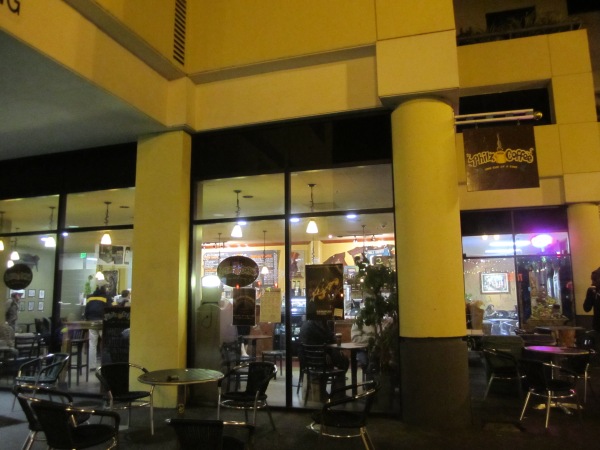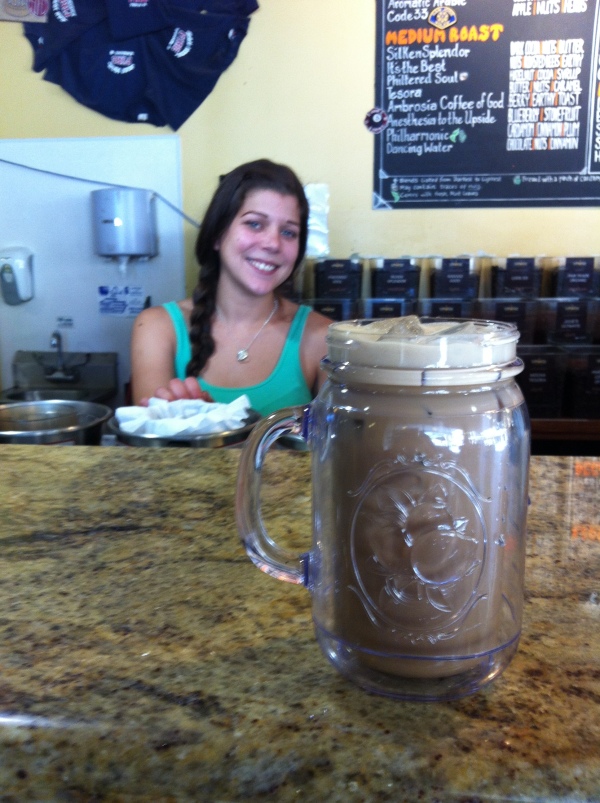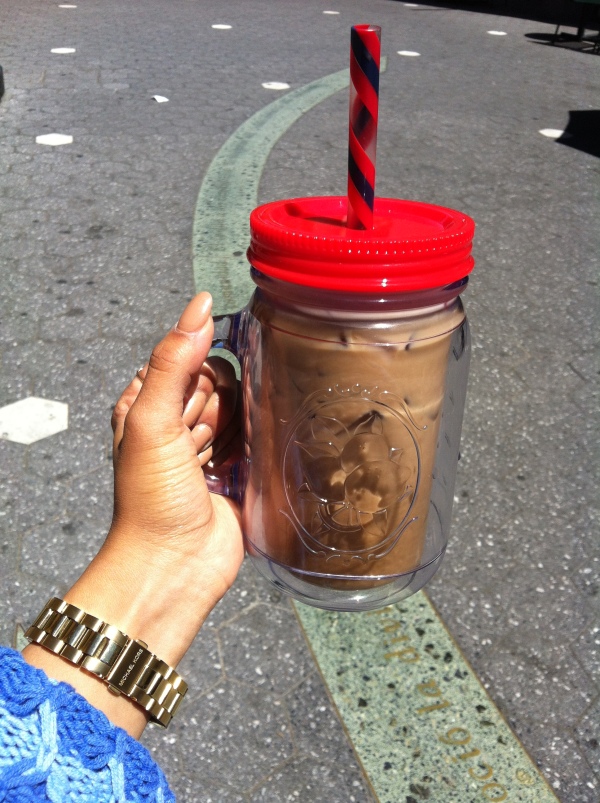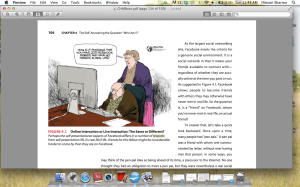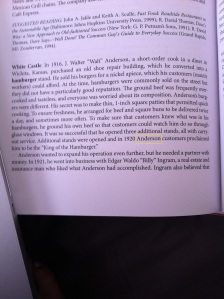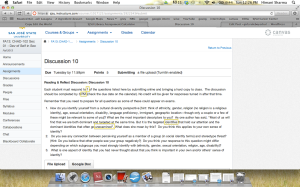Here’s to those who believe a good cup of coffee can turn the day around: a list of some of San Jose’s finest coffee shops.
1. Devine Grind
When you walk into Devine Grind, the manager, Winnie, will greet you with a warm smile. When you ask Winnie what she recommends from the menu, she will reveal that her cafe is famous for the Toasted Coconut Mocha. She will say it tastes best blended, but because of the unusually icy weather in San Jose, you just might have to try it hot. You may want to try it hot because of how divine it tastes, and you may want to indulge in an asiago cheese bagel along with it, which happens to be just the right balance of fluff and crunch.
Underneath all of that wonderful steamed milk is a dark, nutty coffee drink. Devine Grind is a great place to explore if you are in the mood for coffee with flavor.
2. B2 Coffee
This cafe is hiding in a corner of San Pedro Square Market. You’ll have to walk past all of the eateries to discover that though it may be hidden, it has certainly been found.
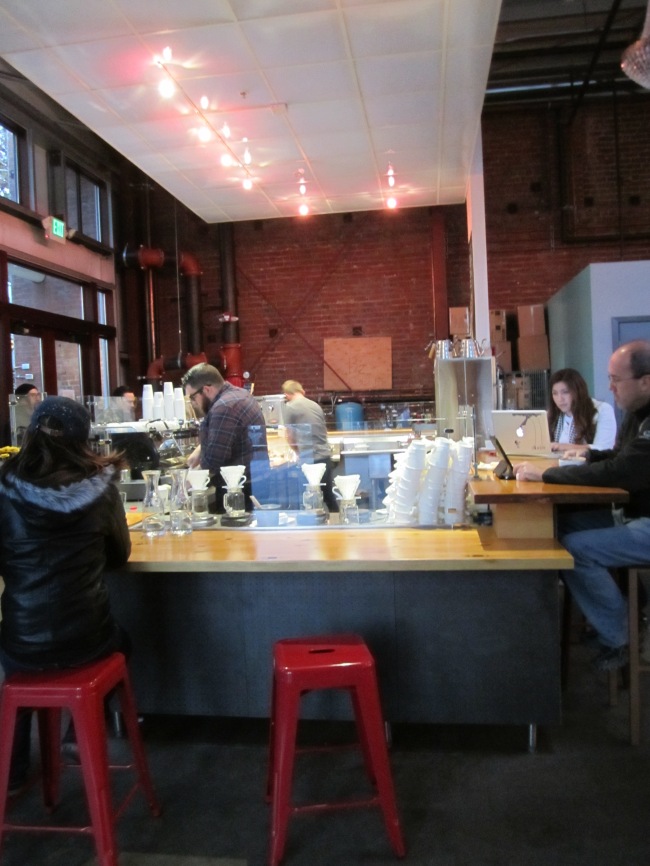
You can zigzag around this built out space to see the manager, Eric, taking orders and crafting otherworldly drinks.
Order any coffee drink you love here. They serve Verve and Sight Glass coffee and make their own vanilla and chocolate sauce from scratch on-site. The baristas will recommend the Vanilla Latte, which is delicious and showcases their latte art (seen right).
One plus about this B2 location is the abundance in seating. The airy atmosphere is lit by large windows, which supply natural light during the day, and there is free WiFi and plenty of outlets to fuel productivity.
3. Cafe Legato
Rodelio, the owner of Café Legato will most likely be nearby when you stroll into his joint. He will greet you with a kind smile and ask what kind of drink you like, if you prefer one with caramel, one with vanilla, or something simple. If you’re a caramel lover like me, he will whip you up something along the lines of this Iced Caramel Raspberry Macchiato. I couldn’t even wait to take a picture before trying it out. My excitement got the best of me.
Cafe Legato is a great place to visit if you want to satisfy your hunger and thirst all at once. Each food item is freshly made on-site.
This was the Veggie Grilled Cheese, which Rodelio made with sliced cheese, eggplant, sprouts, and mushrooms. And as a girl who isn’t afraid of her vegetables, I devoured that sandwich.
If Rodelio isn’t there the day you visit his café, you’ll be safe ordering one of the drinks under the “Signature Frappes” menu. They are all cold coffee drinks that Rodelio says have been selling like hotcakes.
4. Philz Coffee
When you walk up to this café during the day, there is a good chance that the line will be out the door.
However, after dark, there is a tranquil setting at Philz Coffee.
If you’re ever in the mood for a late cup of Joe, Philz is a great place to venture out to since they are open until 9 p.m. on weekdays and 8 p.m. on weekends.
If you’re ever in the mood for some of the best coffee in the world, Philz, still, is a great place to venture out to.
The Tesora blend is always in demand at Philz, and the baristas will cater your cup to your preference of cream and sugar. My personal favorite is the Iced Ecstatic, which is a blend of Philz coffees that is unlike anything else I’ve ever tasted. Tip: If you bring your own mug here, you can pay for a small size of whichever drink you ordered.
Happy sipping!


